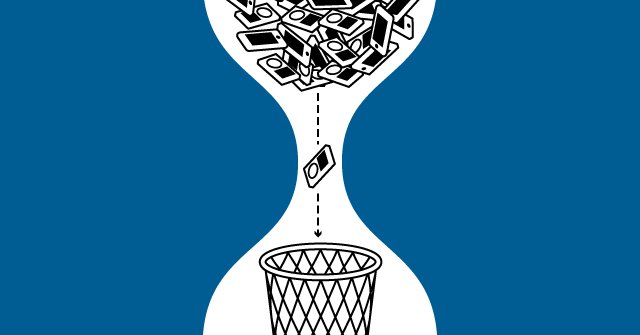Every year in November, the quest for Christmas gifts is symbolized by the “Black Friday”, a day of giant special offers following Thanksgiving and imported from the United States. Across the Atlantic, this day causes absolute mass hysteria. In Europe, this phenomenon is softer. It essentially consists in a day of special offers, highlighting in particular IT and electronic products. This category of products remains at the centre of attention for contested practices, since their manufacturers intentionally choose to shorten their lifespan and/or make them irreparable in order to push consumers into buying new ones.
This phenomenon, also called “planned obsolescence”, was the subject of a colloquium organized in September by the French association Hop! (“Halte à l’obsolescence programmée” / “Stop planned obsolescence”) showing the rising importance of this topic for consumers.
The event also gave the opportunity for the association to broadcast its first legal action related to the topic. This action relies on a report analysing printers’ planned obsolescence. The association centred its plea on the printer manufacturer Epson, considered as the most blatant case of planned obsolescence.
Redesigning the model
The case of printers was the event’s governing principle, which analysed the different techniques (material as well as software) used to make printers irreparable and push consumers into buying a new model supposedly “more efficient”. Finally, the discussion opened onto a broader debate by questioning the current economic model.
This debate focused first on public action with elected representatives among the speakers, such as Pascal Durand (Green MEP), author of a parliamentary report on the topic. Then the discussions went on by assessing how some companies develop a more sustainable method of production.
Planned obsolescence has historically been a way for mass industry to ensure outlets. Now, by defining a legal framework and by including the companies’ priorities, the objective is to act with all stakeholders for planned obsolescence to include principles like finiteness of resources, circular economy and corporate social responsibility. This implies a model change far from being simple, as well as expensive in the short run for companies that opt for a voluntarist approach, because it generates spare parts’ stocks tying up capital.
Increasing the warranty period or making planned obsolescence illegal is thus insufficient to change things.
Building a European framework
France, which has particularly remained in the background for the last couple years, would make its action more visible to the Europeans by putting the topic on the table.
Planned obsolescence is one of the few topics where France is a pioneer, since the country built a legal framework and defined the concept, creating an illegal planned obsolescence. The legal action of the association Hop! fits in with this legal framework, whereas for the other European countries, the topic is secondary if not inexistent.
The environmental group at the European Parliament seems to be the only one interested in the subject, in the framework of a comprehensive approach linked with the waste of raw materials and other related issues (working conditions in developing countries, environmental and health impact). Planned obsolescence is yet a topic on which the Union’s action is justified, since it is directly related to the internal market. By developing stricter norms regarding quality and sustainability, the Union would provide itself with the means to fight the deindustrialization which followed its opening to the rest of the world without any (or almost any) constraints, whereas the principle does not apply in reverse.
Making products more sustainable, or at least easily and quickly repairable, indeed requires short supply chains to allow quick replies to spare parts’ demand.
The work is thus substantial, but is directly in line with the Commission’s competences, whose President wanted this institution to take more care of the Europeans’ daily life.


Follow the comments: |
|
